Meet the authors of The Purest Bond: Understanding the Human–Canine Connection (Atria Books, out Nov. 14)
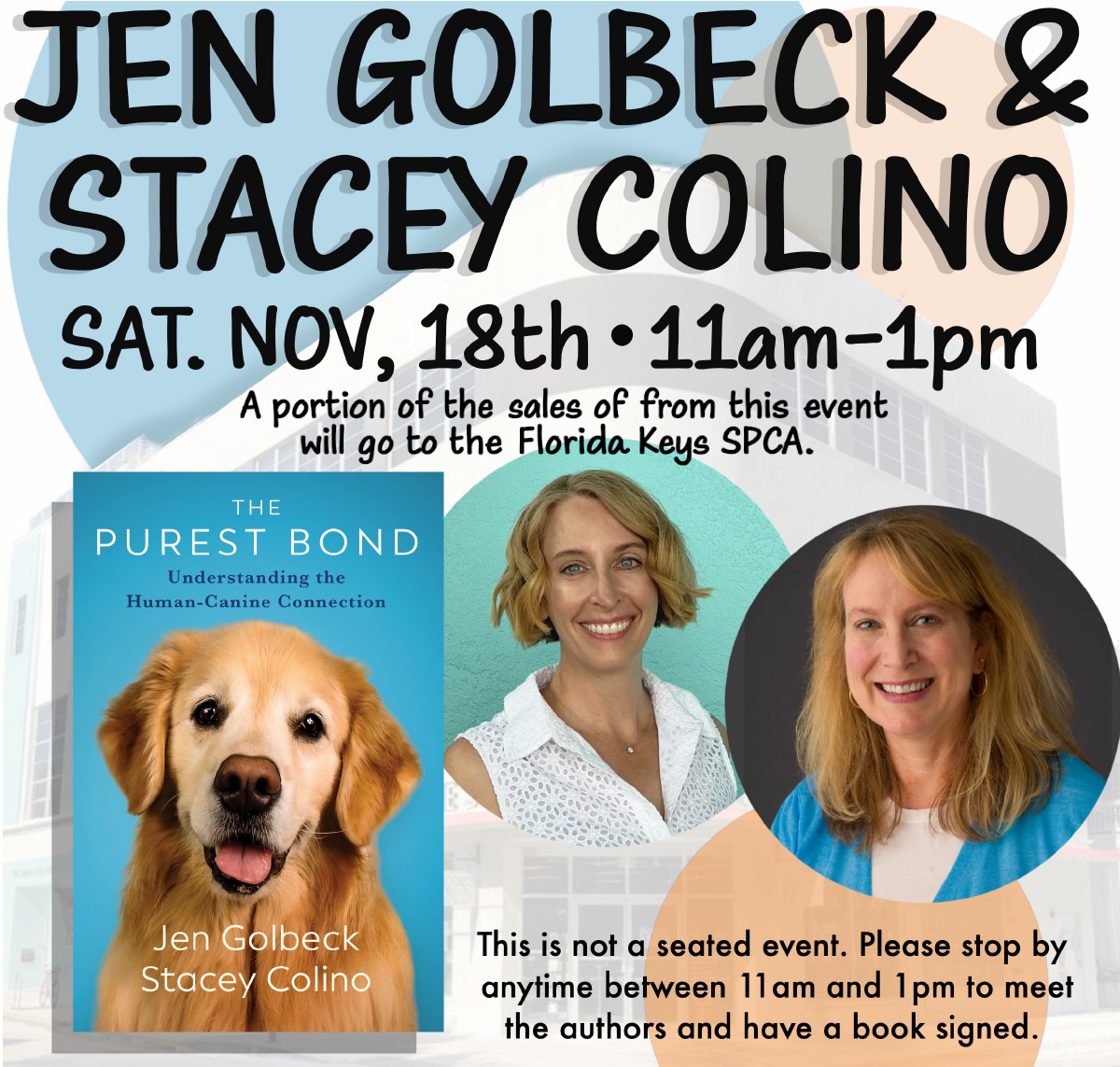
If you’re a dog person, your dog is probably one of your favorite people, but you might not know just how important that relationship is.
“Every dog lover knows how valuable their relationship is with their dogs and considers their dogs to be part of their family,” write Jen Golbeck & Stacey Colino, authors of The Purest Bond: Understanding the Human–Canine Connection. “But they may not realize the profound ways their beloved pooches affect their health and well-being, physically, emotionally, socially, and cognitively, as they will discover in The Purest Bond. Our hope is that the book will give readers a new appreciation for all the ways their dogs make their lives richer, healthier, happier, and more meaningful—and that they’ll discover the extent to which the benefits from this relationship are reciprocal. Dogs love us back just as much as we love them!”
We had the opportunity to find out a bit more about Jen & Stacey, and their pets, prior to their signing event on Nov. 18. Come meet them in the store Nov. 18 from 11am-1pm and get your copy of The Purest Bond signed. This is not a seated event, come anytime between 11 and 1 for an informal signing and meet & greet. Can’t make it on the 18th? Preorder The Purest Bond and leave signing information in the order comments.
Q: Please, tell us a little about your rescue work and The Golden Ratio?
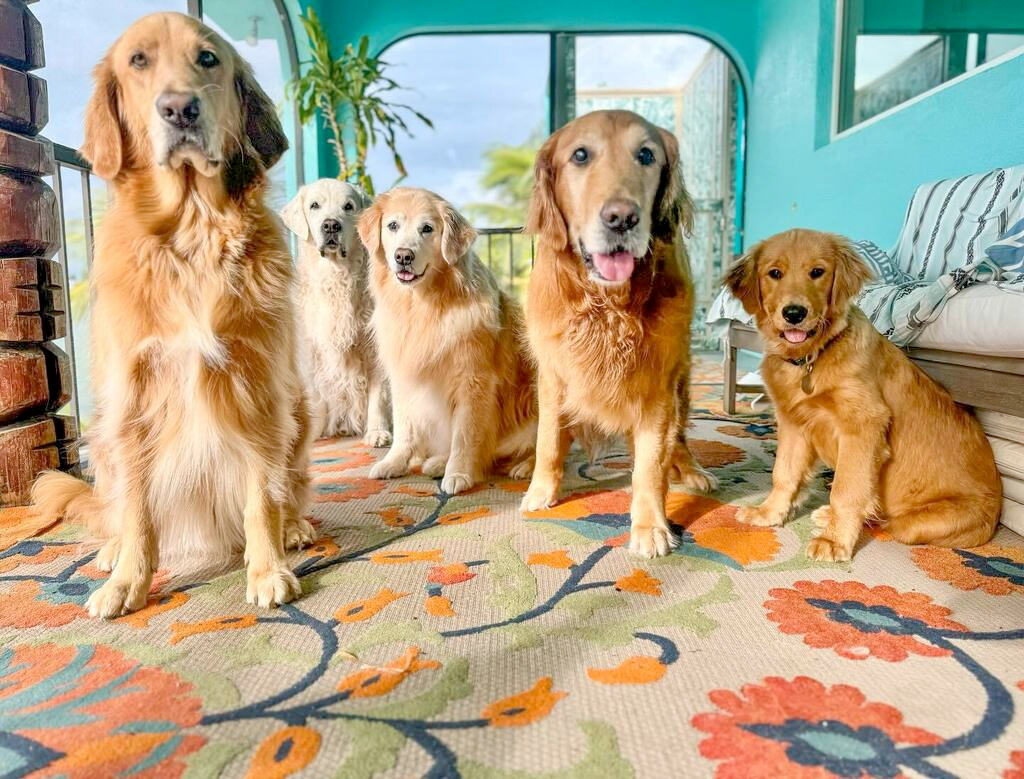
A: Jen and her husband live on Sugarloaf Key and rescue special needs Golden Retrievers, usually those with complex medical needs, seniors, and hospice cases. They usually have between five and seven dogs, and share their lives on social media as @theGoldenRatio4 where they give followers a wholesome look at the happy, gentle, love-filled life they get to have here in the Florida Keys. At this point, the Golden Ratio has more than 1 million followers from around the world.
Jen and her husband currently have five dogs in The Golden Ratio squad: Guacamole, Chief Brody, Venkman, Remoulade, and Feta. Stacey and her family have Sadie, a chocolate-Lab/shepherd mix they rescued in September 2020.
Q: What’s something that will surprise most people about dogs?
A: As we did research for the book, we uncovered lots of surprising things about how dogs relate to humans—and how sensitive they are to our emotions and other changes in us. It may surprise people to discover the extent to which dogs experience the world through their noses. They can see into the past with their sense of smell, being able to tell whether someone they know was previously in their space based on their lingering scent. And they can detect subtle changes in the chemicals human bodies produce that could point to infections, the presence of diseases (like cancer), changes in blood sugar among people with diabetes, and in the scent of sweat before a seizure in those with epilepsy. We, humans, wouldn’t be able to do that.
Q: What was the collaboration process like for the two of you?
A: It was beautiful! We met during the process of conceptualizing and writing this book and really became friends. We bonded over our love of dogs, among other things, and we turned out to have perfectly compatible working styles. We liked the process so much that we’re now working on a second book together!
Q: Besides your own, what books would make good holiday gifts for animal lovers?
A: There are lots of good books in this category. We highly recommend: The Soul of All Living Creatures: What Animals Can Teach Us About Being Human by Vint Virga, D.V.M.; Dog Is Love: Why and How Your Dog Loves You by Clive D.L. Wynne, Ph.D.; and The Emotional Lives of Animals: A Leading Scientist Explores Animal Joy, Sorrow, and Empathy—and Why They Matter by Marc Bekoff (new edition coming April 2024).

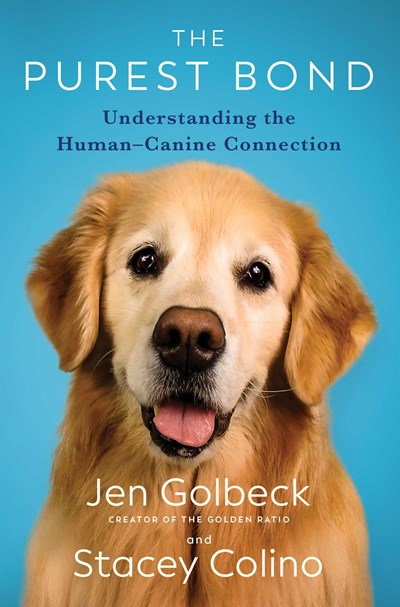
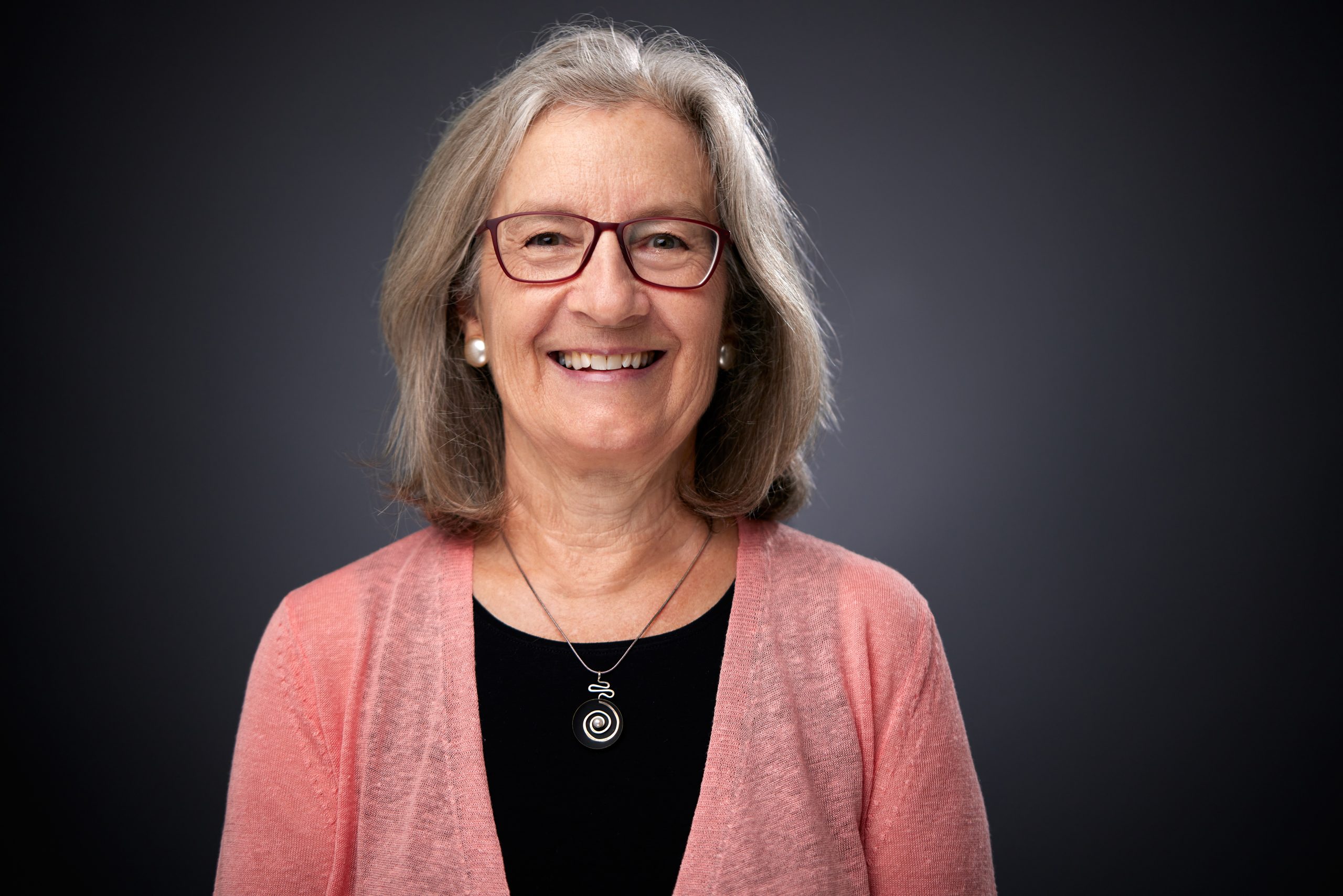

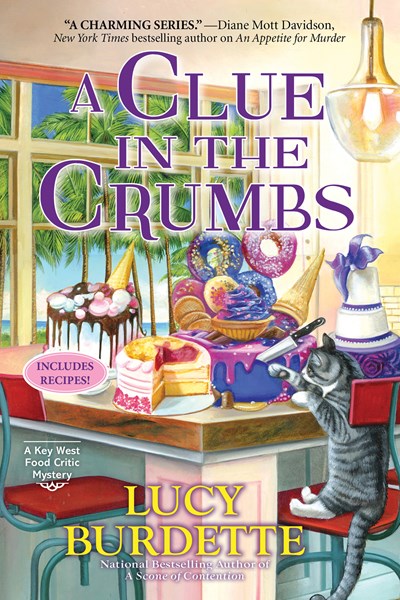
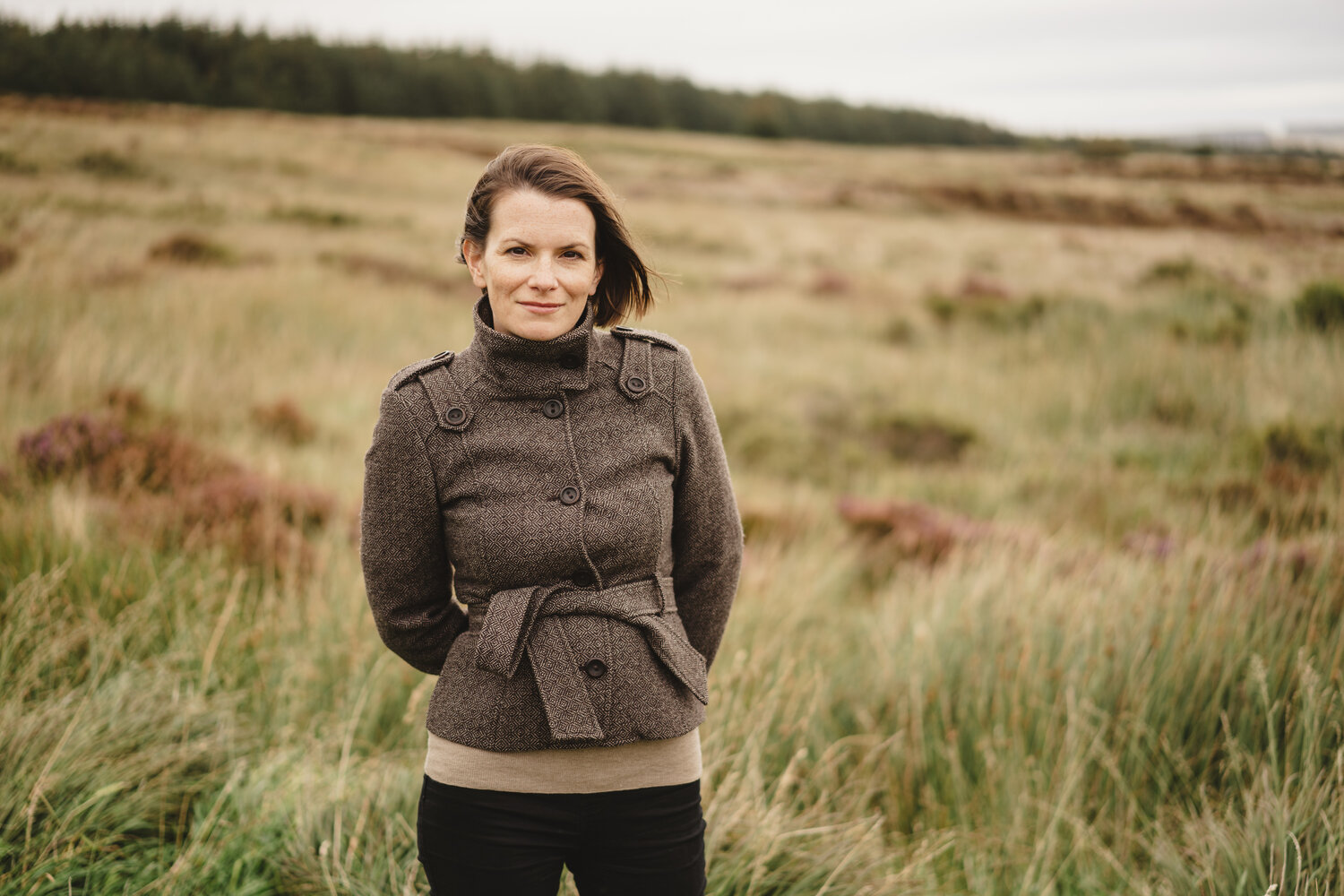
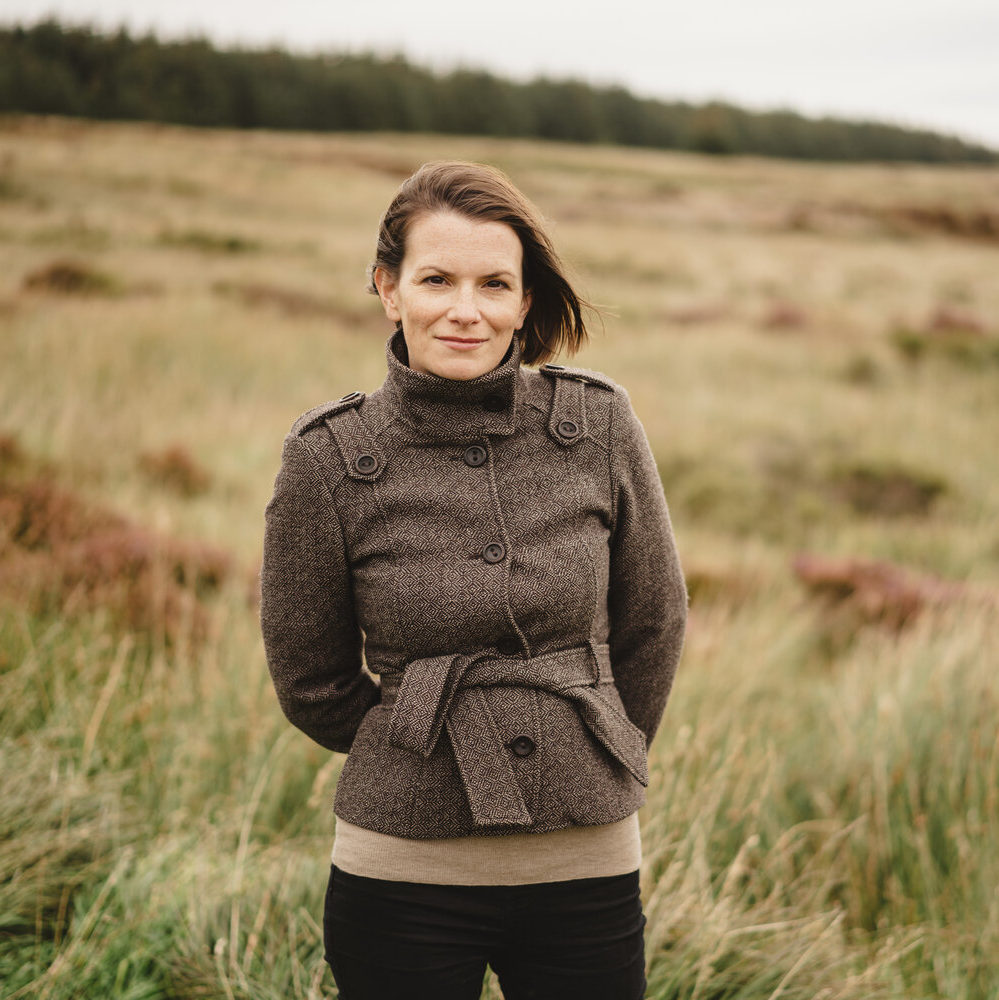

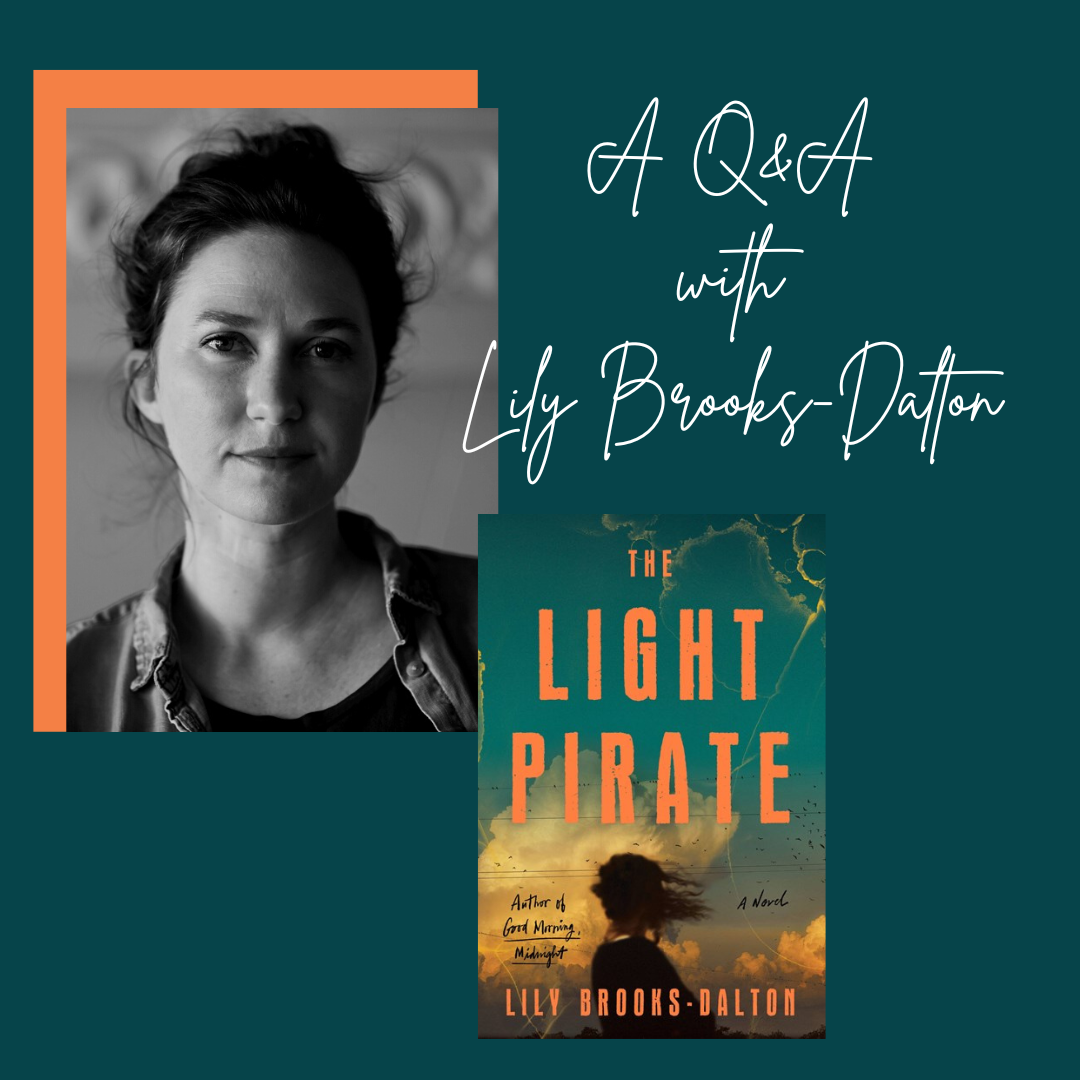
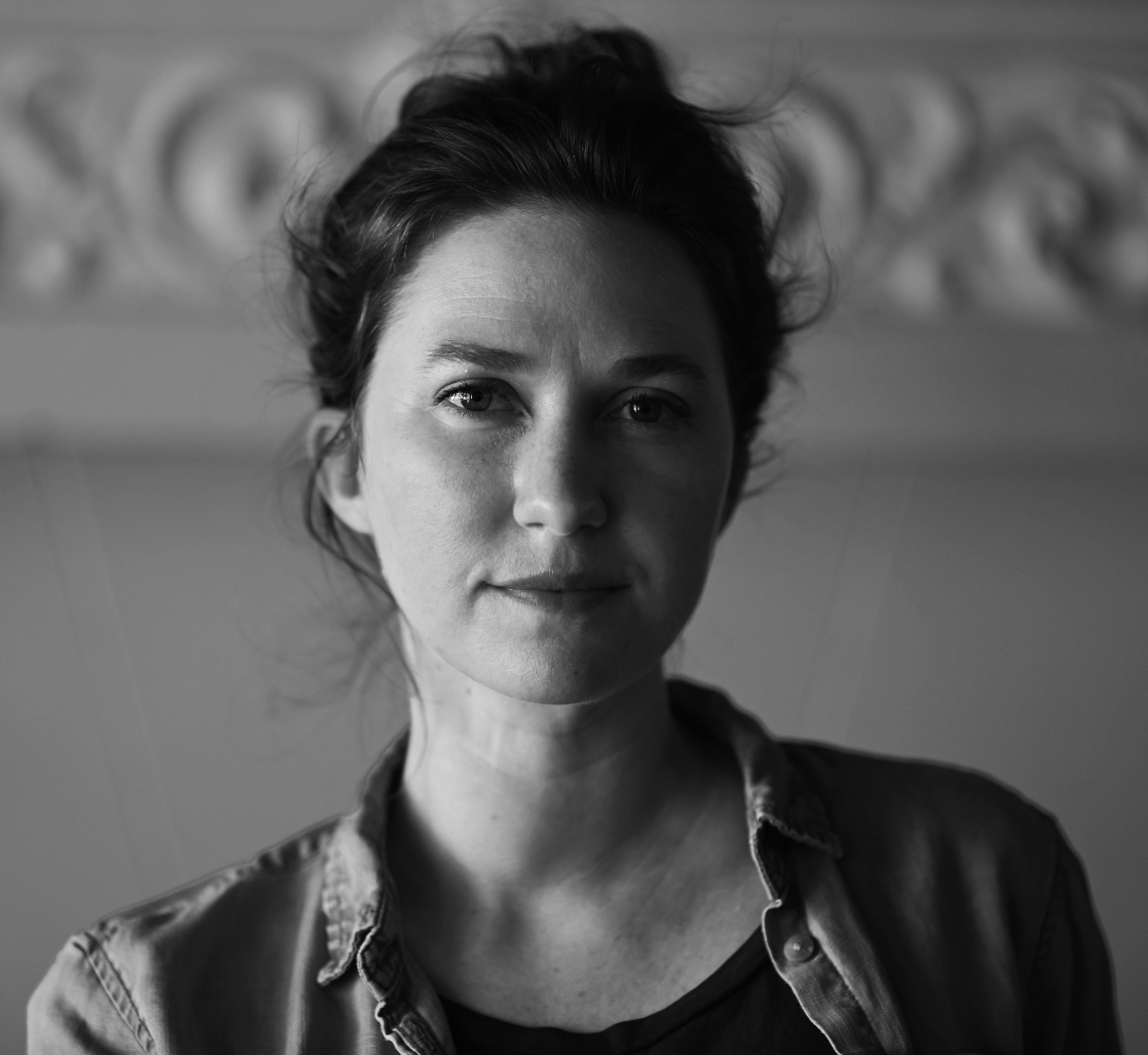
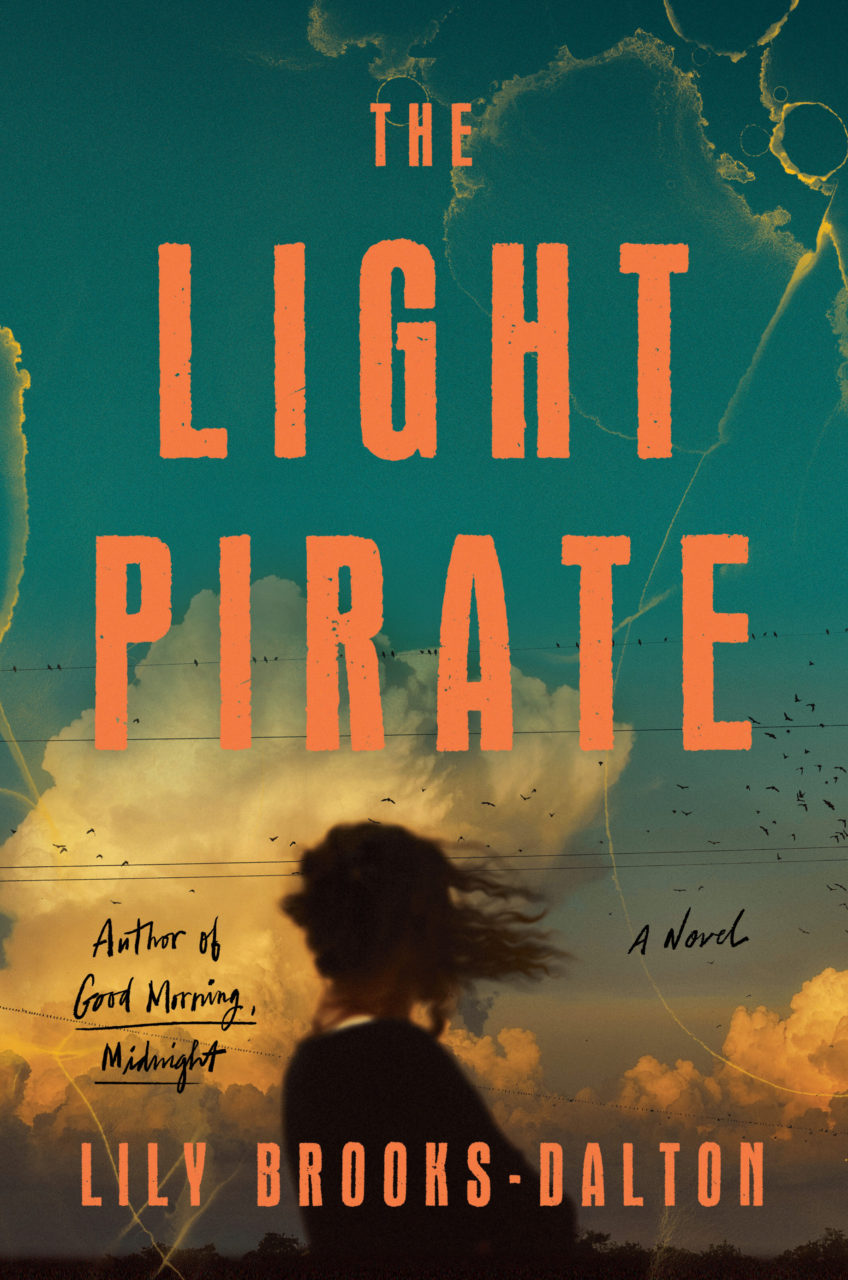
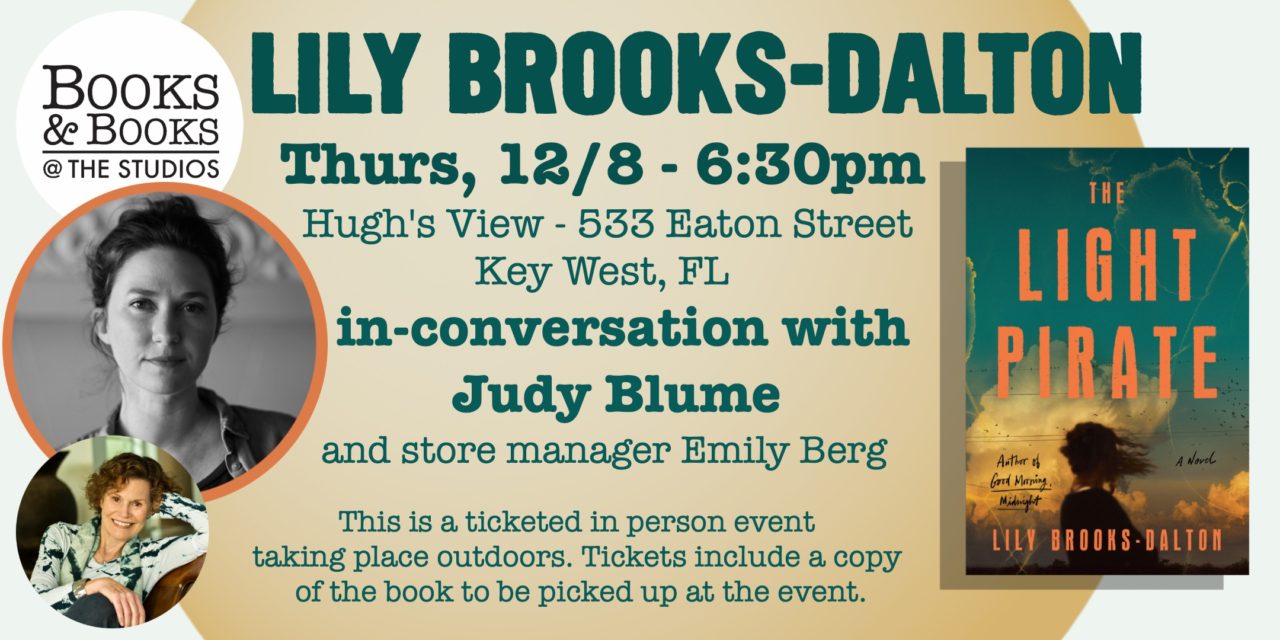
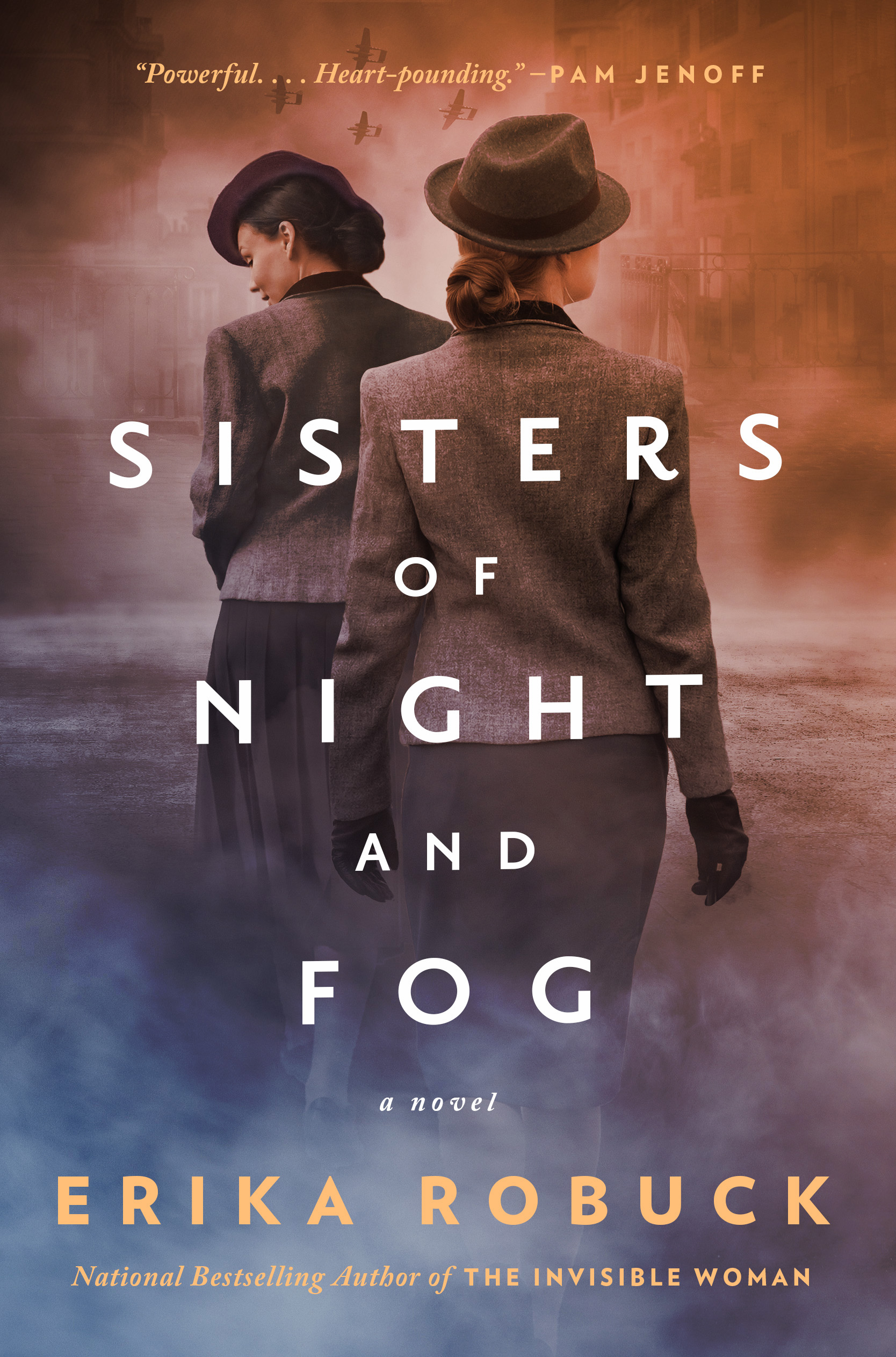


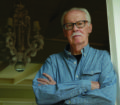
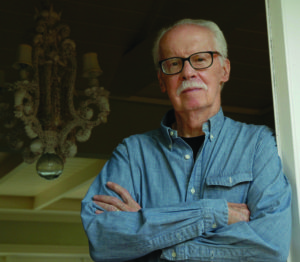
 Q. For THE LOST PRINCE, in specific, why did you want to share this story? What do you hope readers will take away from it?
Q. For THE LOST PRINCE, in specific, why did you want to share this story? What do you hope readers will take away from it?
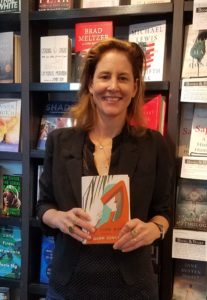 Hearing Susan Conley, author of
Hearing Susan Conley, author of 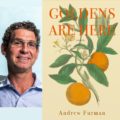
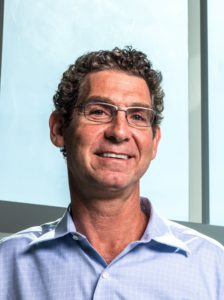 Inspired by true events surrounding an historic Florida citrus season and the civil rights struggle, Andrew Furman’s GOLDENS ARE HERE offers a glimpse of the sea changes occurring in Florida and the nation in the 1960s through the prism of one family’s negotiations with the land, their neighbors, and each other. Leading up to his reading and book signing Feb. 6, we had the opportunity to chat with him about his background and new book.
Inspired by true events surrounding an historic Florida citrus season and the civil rights struggle, Andrew Furman’s GOLDENS ARE HERE offers a glimpse of the sea changes occurring in Florida and the nation in the 1960s through the prism of one family’s negotiations with the land, their neighbors, and each other. Leading up to his reading and book signing Feb. 6, we had the opportunity to chat with him about his background and new book.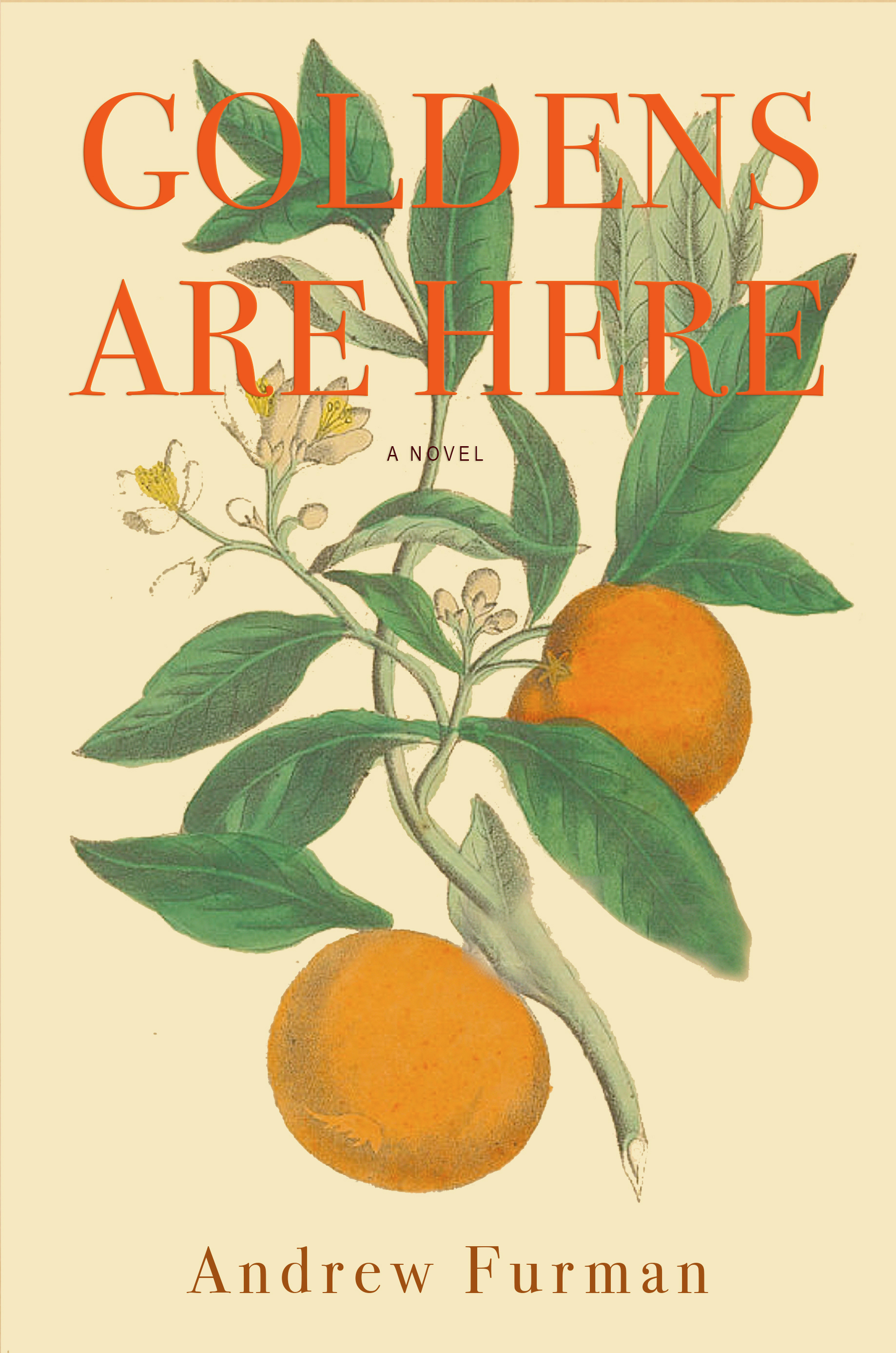 A: I’ve lived here in south Florida for the past 22 years and one of my favorite things to do is hop in the car with my family and visit some of the more scruffy out-of-the-way outposts of our Sunshine State. The seeds for GOLDENS ARE HERE, if I might use a botanical metaphor, originated in one of these trips with my family to the small town of Titusville and its rural outskirts. As I walked the streets of this historic town and visited the remaining orange groves along the nearby Indian River, I found myself imagining what the place must have looked like and meant to the people who lived there in what might be considered the region’s hey-day, the 1960s when the space-race was hitting its stride, the citrus industry was booming, and, as my research would uncover, the Civil Rights struggle was impacting black and white lives in significant ways. It seemed like a rich time and place to direct my creative energies. It wasn’t too long before a cast of characters and a story emerged in my mind that would allow me to engage with the intersections between the social and environmental realms, which has long been a primary interest of mine.
A: I’ve lived here in south Florida for the past 22 years and one of my favorite things to do is hop in the car with my family and visit some of the more scruffy out-of-the-way outposts of our Sunshine State. The seeds for GOLDENS ARE HERE, if I might use a botanical metaphor, originated in one of these trips with my family to the small town of Titusville and its rural outskirts. As I walked the streets of this historic town and visited the remaining orange groves along the nearby Indian River, I found myself imagining what the place must have looked like and meant to the people who lived there in what might be considered the region’s hey-day, the 1960s when the space-race was hitting its stride, the citrus industry was booming, and, as my research would uncover, the Civil Rights struggle was impacting black and white lives in significant ways. It seemed like a rich time and place to direct my creative energies. It wasn’t too long before a cast of characters and a story emerged in my mind that would allow me to engage with the intersections between the social and environmental realms, which has long been a primary interest of mine.

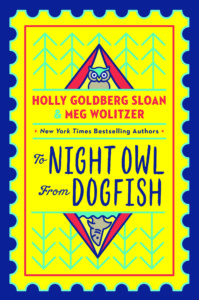 Q: How did you and Meg Wolitzer come to write this novel together?
Q: How did you and Meg Wolitzer come to write this novel together?
 Michelle C. Johnson will read from her book SKILL IN ACTION: RADICALIZING YOUR YOGA PRACTICE TO CREATE A JUST WORLD on Friday, February 8, at 6pm. We had the opportunity recently to ask Michelle a few questions to give you an idea of the concepts she will discuss during her presentation.
Michelle C. Johnson will read from her book SKILL IN ACTION: RADICALIZING YOUR YOGA PRACTICE TO CREATE A JUST WORLD on Friday, February 8, at 6pm. We had the opportunity recently to ask Michelle a few questions to give you an idea of the concepts she will discuss during her presentation.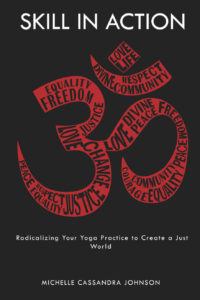 Q: How did you come to this combined practice of yoga and social justice work?
Q: How did you come to this combined practice of yoga and social justice work?